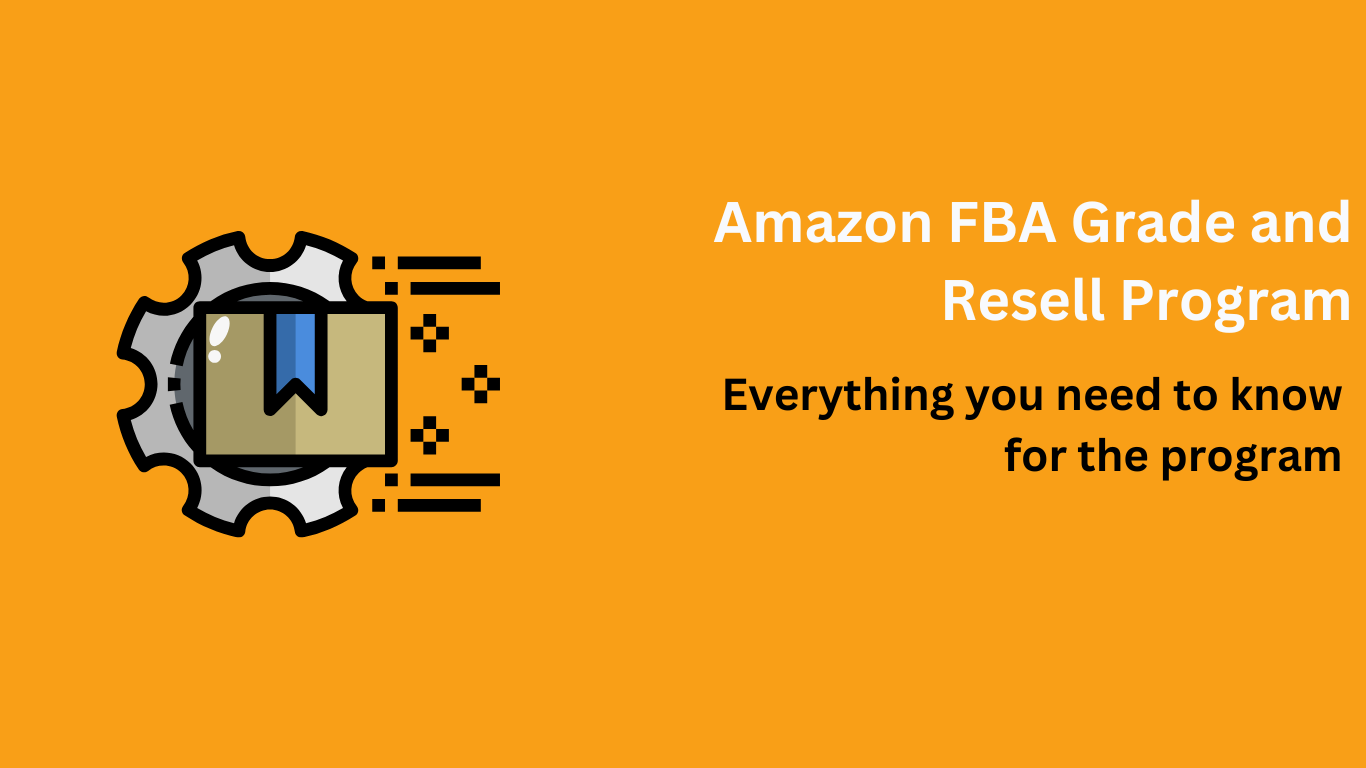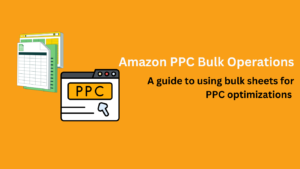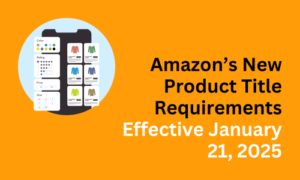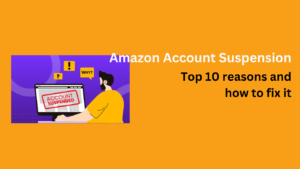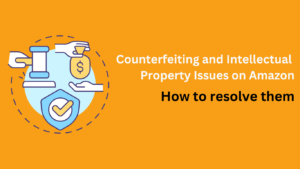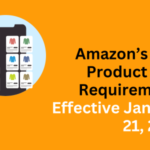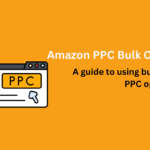The Amazon FBA Grade and Resell program has emerged as a game-changing solution for sellers managing customer returns. By enabling sellers to repurpose returned inventory and turn potential losses into profits, this program offers unique advantages for both revenue generation and sustainability. In this guide, we’ll dive deep into the workings of the program, its benefits, challenges, and how to leverage it effectively.
What Is Amazon FBA Grade and Resell?
The Amazon Grade and Resell program is a service that allows sellers to handle returned items efficiently by categorizing and relisting them. When customers return products, these items are inspected, graded, and listed in a condition category ranging from “New” to “Acceptable.” Instead of letting these returns accumulate as unsold inventory or discarding them, sellers can relist them as graded inventory on Amazon, opening up an opportunity to recover value.
How Does the Program Work?
Grading the Inventory:
Amazon evaluates the returned items based on their condition and assigns one of the following grades:- New: Perfect condition, suitable for resale at full price.
- Like New: Minimal signs of use, often indistinguishable from new.
- Very Good: Minor cosmetic imperfections but fully functional.
- Good: Noticeable wear and tear but operational.
- Acceptable: Heavily used but functional.
- Relisting the Products:
Once graded, the items are automatically relisted in the appropriate category with clear condition details, often at a discounted price to appeal to buyers looking for deals.
Benefits of Using the Program
- Revenue Recovery from Returns:
Selling returned items on Amazon can help recover revenue from products that would otherwise sit in storage or go to waste. - Cost Reduction:
The program reduces storage fees associated with long-term unsellable inventory and offers a cost-effective way to handle Amazon FBA returns. - Sustainability:
Reselling returned inventory supports sustainable eCommerce solutions by reducing waste and promoting the reuse of products. - Buyer Transparency:
Graded listings include detailed descriptions, ensuring customers understand the product’s condition, building trust and reducing complaints. - Maximized Profits:
By relisting returns, sellers can extract value from Amazon FBA used products and reinvest in new inventory.
Challenges of Reselling Returned Products on Amazon
Reduced Profit Margins:
Graded items are sold at discounted prices, which may lead to lower margins. Sellers must carefully evaluate profitability.Grading Disputes:
Amazon’s grading process may not align with the seller’s expectations, leading to discrepancies in item valuation.Customer Perception:
Some buyers might hesitate to purchase items marked as “used” or “acceptable,” necessitating strategic marketing.Program Limitations:
The FBA Grade and Resell program isn’t available for all product categories, so eligibility should be verified before enrollment.
How to Utilize the Program?
To enroll in the program, follow these steps:
Enable the Program:
Navigate to your Seller Central account and activate the program under the returns management settings.Set Preferences:
Decide whether Amazon should automatically grade and relist your returns or if you prefer manual control.Optimize Listings:
Use Amazon FBA return strategies to ensure your graded items are competitively priced and accurately described.Analyze Performance:
Monitor sales, pricing, and profitability to refine your Amazon FBA returns management strategy over time.
Is FBA Grade and Resell Worth It?
For sellers wondering, “Is it worth it?” the answer lies in your business model. It’s especially beneficial for products with high return rates or strong demand for Amazon FBA used products. If managed correctly, the program can become a reliable revenue stream.
Tips for Managing Returned Inventory on Amazon
Track Inventory Metrics:
Use Amazon’s reporting tools to identify trends and improve Amazon inventory management.Test with Specific Products:
Start with high-margin items to evaluate the program’s profitability.Leverage Sustainability Messaging:
Highlight your efforts to reduce waste with the program, appealing to eco-conscious buyers.
What Sellers Are Saying About Amazon FBA Grade and Resell
The FBA Grade and Resell program has garnered significant attention from the seller community, with mixed yet largely positive feedback. Many sellers highlight the program’s potential to recover losses from returned inventory, but some voice concerns over the grading process and its transparency.
Seller Success Stories:
One seller shared how the program helped them recover nearly 40% of the value of returned inventory that would otherwise have been written off. By focusing on electronics and durable goods, they were able to turn what appeared to be a loss into a steady revenue stream.Constructive Criticism:
Another seller noted the occasional inconsistency in Amazon’s grading process. “We’ve had instances where items we believed to be in ‘Very Good’ condition were graded as ‘Good,’ which affected their resale value,” they shared. However, they acknowledged that the program still allowed them to reduce storage costs significantly.
The consensus is that while the program isn’t perfect, its benefits often outweigh its challenges, especially for sellers managing high volumes of returns.
Advanced Tips for Maximizing the FBA Grade and Resell Program
- Leverage Automation:
Use Amazon’s automation tools to streamline the process. Setting automatic grading and relisting preferences can save valuable time, especially for sellers managing large inventories. However, for high-value items, consider a manual review to ensure proper grading. - Utilize Data Analytics:
Dive deep into the data available through Amazon’s reporting tools. By analyzing which graded categories sell best and at what price points, you can refine your strategy to focus on the most profitable product lines. - Build Customer Trust:
Transparency is key when selling graded products. Ensure listings include clear descriptions of the item’s condition, highlighting any imperfections. Providing this level of detail can reduce buyer hesitation and improve overall customer satisfaction. - Test Different Product Categories:
Not all products perform equally well in the Grade and Resell program. For instance, durable goods and electronics may sell better than apparel or cosmetics. Experimenting with different categories can help identify where the program offers the highest ROI. - Optimize Pricing Strategies:
Pricing graded items can be a delicate balance. While the goal is to attract buyers with discounts, setting prices too low may erode margins. Test different pricing tiers for each condition grade to find the sweet spot that drives sales while preserving profitability.
Sustainability as a Selling Point
The Grade and Resell program aligns with the growing emphasis on sustainable practices in eCommerce. By relisting returned inventory, sellers contribute to reducing waste, a key consideration for environmentally conscious consumers.
Marketing Opportunities:
Use your participation in the program as part of your brand story. For example, highlight how your business contributes to sustainability by reducing the number of products that end up in landfills. Sharing this narrative through your product descriptions, social media, or packaging inserts can resonate with eco-conscious buyers.Consumer Trends:
Studies show that consumers are increasingly prioritizing brands with sustainable practices. Participating in Grade and Resell not only enhances your profitability but also strengthens your brand’s reputation in this critical area.
Addressing Common Concerns
1. How Can Sellers Ensure Fair Grading?
While Amazon handles the grading process, sellers can take steps to reduce discrepancies. Providing detailed product information, including condition notes and images (where applicable), can help ensure accurate grading.
2. Will Selling Graded Items Harm My Brand’s Image?
Some sellers worry that offering graded inventory might dilute their brand image. However, clear communication about the condition and discounted pricing of these items can turn this into an opportunity to build trust with customers. Positioning graded items as budget-friendly options for value-conscious buyers can further enhance your brand appeal.
3. Is the Program Suitable for All Product Types?
While the program works well for most categories, some products—such as perishables or highly customized items—may not be ideal candidates. Sellers should evaluate their inventory to determine which products are most likely to benefit from Grade and Resell.
Scaling Your Returns Management Strategy
For larger sellers, managing returns efficiently is crucial to maintaining operational excellence. The Grade and Resell program can be a cornerstone of this strategy, but it works best when integrated into a broader returns management system.
1. Invest in Returns Analysis Tools:
Third-party tools can supplement Amazon’s analytics by offering deeper insights into return trends. Identifying the root causes of returns (e.g., quality issues, misleading product descriptions) can help you reduce return rates overall.
2. Collaborate with Amazon Account Managers:
Working closely with Amazon’s account management teams can help resolve disputes over grading and improve the overall efficiency of the Grade and Resell process.
3. Train Your Team:
Ensure your team understands how the program works and how to manage graded inventory effectively. Training on topics like inventory tracking, pricing, and customer communication can optimize your use of the program.
A Future-Forward Approach to eCommerce
As eCommerce continues to grow, innovative programs like Amazon FBA Grade and Resell play a vital role in shaping the future of the industry. By repurposing returned products, sellers can minimize waste, enhance customer satisfaction, and maximize profitability—all while aligning with consumer demands for sustainability.
For sellers willing to embrace this approach, the potential benefits are substantial. From reducing storage fees to strengthening your brand’s commitment to eco-friendly practices, the Grade and Resell program offers an opportunity to thrive in an increasingly competitive marketplace.
Conclusion
The Amazon FBA Grade and Resell program is more than just a way to handle returns; it’s a strategic tool for building a sustainable and profitable business. By understanding the program’s mechanics, leveraging advanced strategies, and addressing challenges head-on, sellers can unlock new opportunities for growth.
Whether you’re a seasoned Amazon seller or new to the platform, incorporating the Grade and Resell program into your operations can help you achieve long-term success. Focus on transparency, sustainability, and data-driven decisions to make the most of this innovative offering.
Final Thoughts
The Amazon FBA Grade and Resell program is a powerful tool for turning customer returns into profits while supporting sustainable practices. Whether you’re managing Amazon FBA customer returns or exploring ways to optimize your inventory, this program offers flexibility and a strategic edge. Sellers looking to maximize their results should consider partnering with experienced professionals who specialize in handling returns for Amazon FBA and optimizing listings. By adopting a data-driven approach, you can ensure the profitability of your returned products resale strategy.

